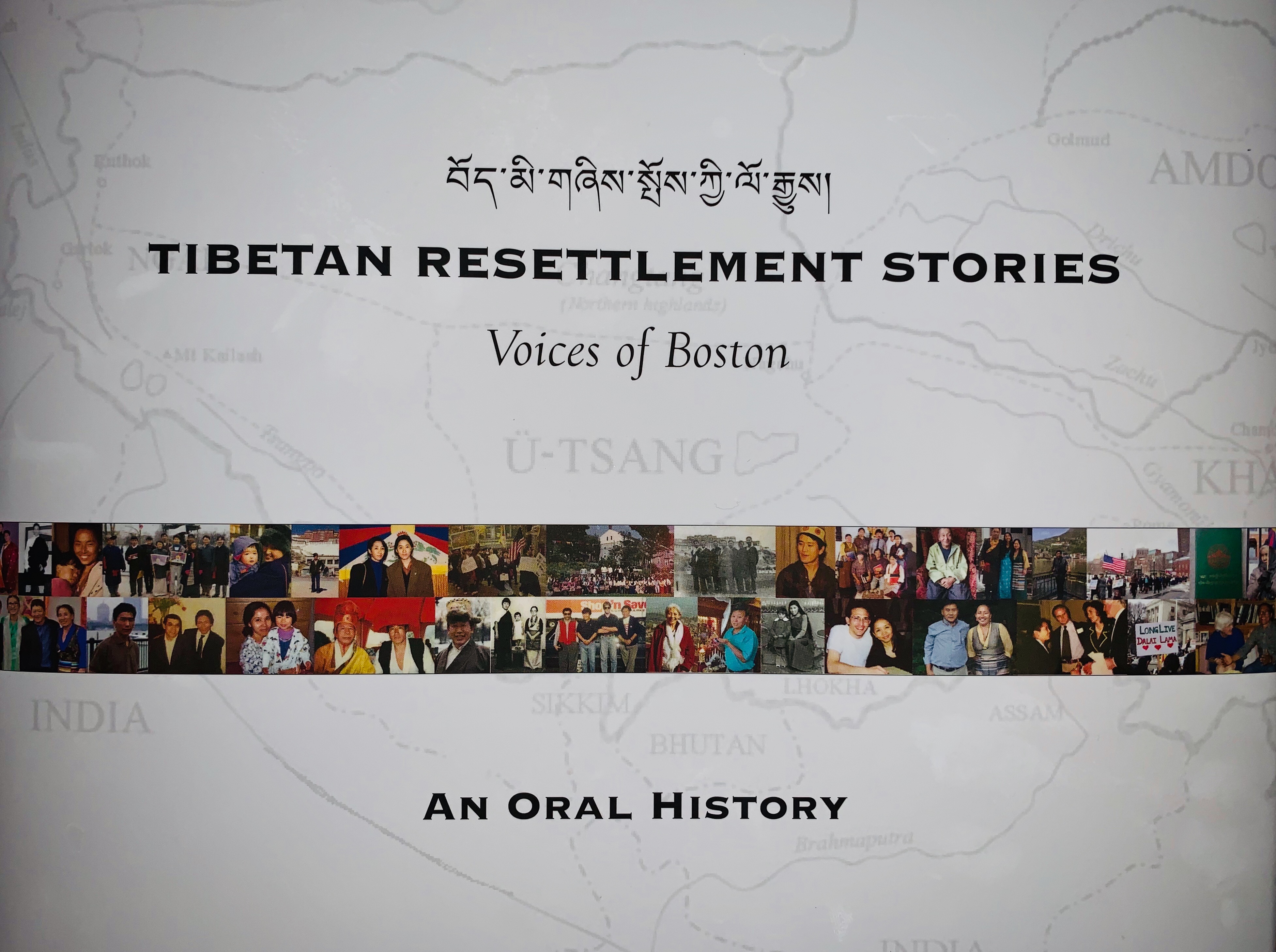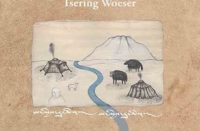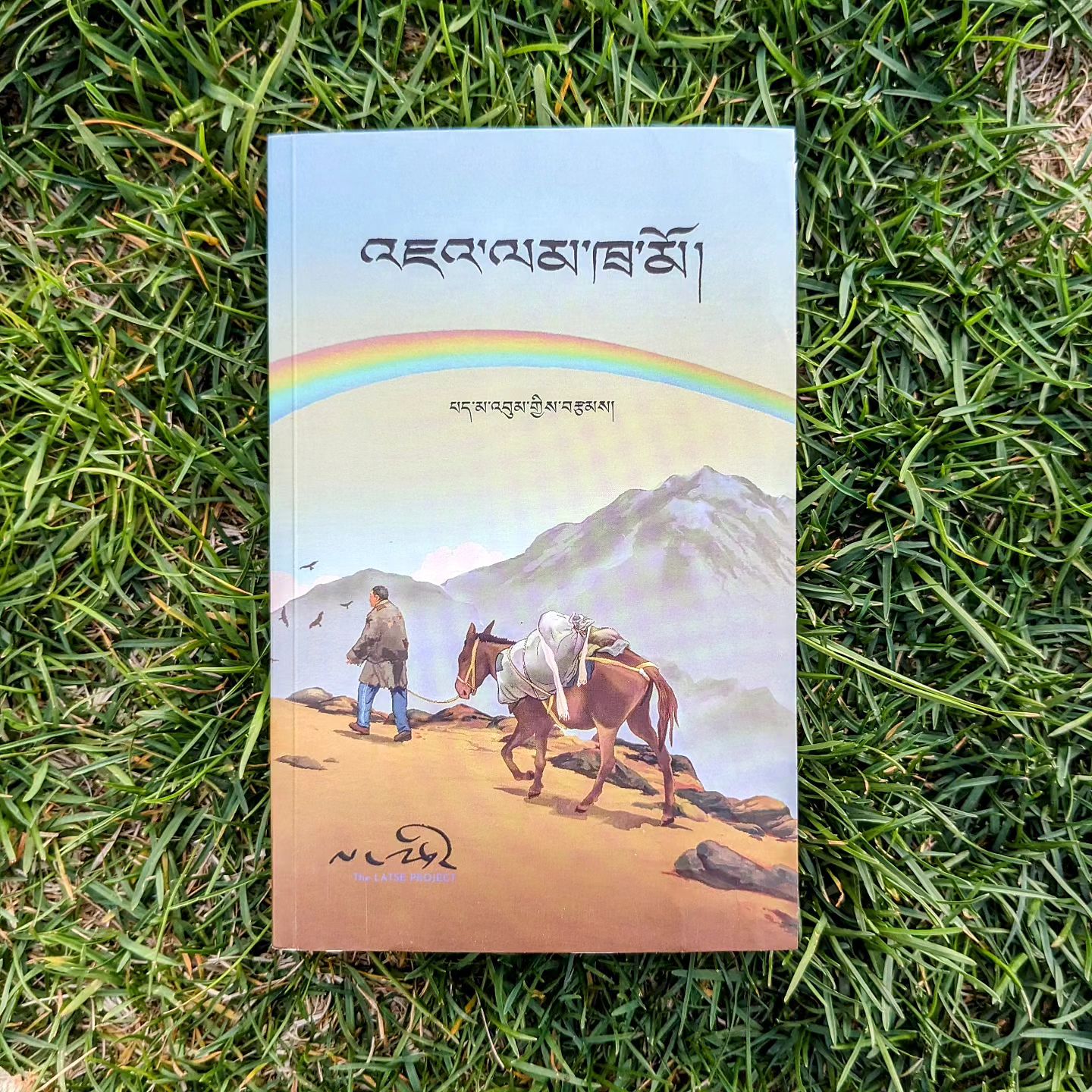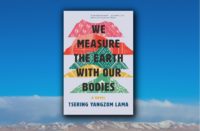In anticipation of the Winter 2019 edition of the Tibet Reading List (coming very soon!), High Peaks Pure Earth presents a book review by Tenzin Yewong Dongchung of “Tibetan Resettlement Stories: Voices of Boston”, a publication launched earlier this month.
For those who understand Tibetan, the book launch was covered by Tibetan media outlets, please follow this link to Voice of America.
“Tibetan Resettlement Stories: Voices of Boston”
Book Review by Tenzin Yewong Dongchung
In 1966, Mr. Kuncho Palsang la had been living in West Roxbury with his American family, the Mayo-Smiths, for a year. He was still making adjustments to his new life when he found out that his one-year tourist visa had expired and he had to return to India. Determined to overcome this legal hurdle, Kuncho la sent a handwritten letter to President Lyndon Johnson requesting for his help. Within a month, the President responded and Kuncho la was given a green card. Eventually, Kuncho la married and his family became the first Tibetans to settle in the Boston area. More than fifty years have passed since then. Today, an estimated population of 700 Tibetans live in and around the Boston area. Filled with poignant and humorous anecdotes, Tibetan Resettlement Stories: Voices of Boston (Tib: བོད་མི་གཞིས་སྤོས་ཀྱི་ལོ་རྒྱུས།) (260 pages of text and 40 colored pages of photographs, privately published, 2019) chronicles the growth of the Boston Tibetan community through the oral histories of forty Tibetan immigrants.
Starting in 2014, this book is a culmination of a five-year collaborative project from a team of seventeen individuals. While many oral history projects offer illuminating first-person accounts, the more difficult task in a book such as this lies in weaving the individual stories together to form a coherent, overarching narrative. It is to their careful planning and thoughtfulness that Tibetan Resettlement Stories (hereafter, referred to as TRS) succeeds in highlighting the unique experiences that makes each of these stories highly memorable while also narrating a layered political and cultural history of Tibetan immigration to Boston. Part of this coherence admittedly comes from the narrators’ (also refers to interviewees) collective experience of immigrating to the United States but I think a huge part of this is also due to the structure and design of this book. TRS starts with a historical map of Tibet where the birthplaces of all individuals are marked. This is followed by a timeline detailing the history of Tibetan immigration in Boston from 1965 to 2002. The forty stories are thematically divided into seven chapters, which chronologically moves from the memories of pre-1959 Tibet to early years of exile in Himalayan countries and then devotes the rest of its focus on the formation and evolution of Tibetan community in Boston. The only exception is the final chapter, which includes reflections on the meaning of home. These structures clearly show how the story of the forty individuals and their families are embedded within the larger modern history of Tibet as well as the transnational history of immigration to the United States.
When it comes to the individual stories, each of them is prefaced by a brief biography and a black and white portrait photo of the narrator. This is followed by a physical description of the location which allows the readers a sense of the environment and the ambience in which the conversation was held. The author of this book’s essays mentioned that the interviews were conducted in Tibetan and purposefully at the home of the narrators so that they would be most comfortable in their surroundings. Each story is about four to five pages long and the writing has a conversational tone that makes these stories flow freely. At the end of each chapter, every narrator has one page with a collection of pictures, which are often taken with their family members or from early days in Boston.
Similar to many Tibetan-American communities in the United States, the majority of the narrators came to Boston through the Tibetan United States Resettlement Project (TUSRP), colloquially known as the 1000 program. However, few within the Tibetan diasporic community are aware that it was in Boston that the seed of the 1000 program was initially sown. The Tibetans who were involved in the early inception of this program speak of important figures such as Edward Bednar, a community organizer who spearheaded this campaign after meeting Tenzin Namgyal Tethong, then the representative of the Dalai Lama to the United States, at the Massachusetts Institute of Technology. These accounts shed much needed light on individuals, be it the early Tibetan immigrants or Western supporters who were involved in bringing this program to fruition.
Within the stories of Tibetans who came through the 1000 program, many allude to bittersweet memories of both intense loneliness in a new country as well as the easy camaraderie built among the tight-knit group of early immigrants. Food is a recurring theme as many took time to develop a taste for American dishes. Decades later, one narrator vividly recalled the joy of eating rice and dal, the staple Indian food, at an acquaintance’s place in Boston. Equally present within these stories is the international phone calls made to their family members back home and the expensive bills it rung up for the individuals. One narrator mentioned sending fall leaves in an envelope while another remembered her nostalgia and the feeling as if “my heart was floating in the air.”
Although the absence of loved ones loomed largely in their early years, the overall affective tone of the book is optimistic and filled with stories of kindness and generosity. Many narrators fondly looked back at how the Palsang family offered a communal space for Tibetans to gather during the weekend. They also remembered the kindness of American sponsors who allowed Tibetans to stay in their homes and often helped them to find employment.
Many immigrants were hired by Bread and Circus, which later changed to Whole Foods while others found work at scientific laboratories such as the Whitehead Institute.
Gradually, each immigrant’s family came through the reunification program and the Boston Tibetan community developed their own association called Tibetan Association of Boston (TAB) to oversee and represent the community and its needs. Throughout these stories, the presence of faith in Buddhism in general and deep felt reverence and gratitude for the leadership of the Dalai Lama in particular infuses their recollections. Some applied Buddhist concept of interdependence to become better business leaders while others adopted impermanence as a lens to understand the transitory nature of their lives. The largest concern they expressed was towards the preservation of Tibetan language among the younger generation.
Although the global Tibetan diaspora is a relatively small population of 150,000 people, listening to just forty stories of Boston Tibetans show how different and complex each individual identity is. The forty individuals came from Nepal, Bhutan, India, and Tibet. Their stories also show how regional cultures could be distinct in one country such as North vs. South India or Central Tibet vs. Eastern Tibet. Some immigrants who came to India in the early nineties from Tibet expressed the culture shock of living in Dharamsala, while those who were born in Nepal felt they could converse more freely in Nepalese rather than Tibetan. An oral history such as TRS has the ability to offer space for voices that would otherwise be unheard in larger discourses.
TRS is produced by a team of nearly all female members and one male. On November 30, 2019 when this book was launched in Boston, the female members of the group book spoke at a panel about how difficult it was for them to find women who would join this project. It is to their persistence and ingenuity that this book is well-represented in terms of gender and often, some of the most inspiring and candid stories included here comes from Tibetan women who discuss the challenges they faced in life.
There are several Tibetan oral history projects. One of the most prominent examples is the Case Western University and the Library of Congress account of Tibetan aristocratic families. Latse Library has also recorded interviews of older Tibetans living in India and neighboring countries. The Library of Tibetan Works and Archives (LTWA) in Dharamsala also publishes oral histories of Tibetans. However, this is one of the few projects that focuses on the Tibetan immigrant community in the United States and if I am not mistaken, the only one that has come out with an independent book project. While this book does not contain much information on pre-1959 Tibet as most of the interviewees only had scant childhood memories, it includes layered accounts of Tibetan immigration to the United States. For anyone interested in histories of immigration in the United States or looking to explore questions of assimilation and identity in general, this book would be an illuminating read.
The seventeen individuals who made up the TRS team comprises of many second-generation Tibetan Americans as well as few Western Tibetan supporters. In the preface, they ask of the oral histories, “whose story is it, really?” As a way of concluding, I would like to end with this note from one of the interviewees, Pema Tsewang Shastri, “I am not sure the youngest generation will even read these stories right away, but in the next decade or so, experiences will change, the environment will change, technology will change. The first few generations will not pay much attention to these stories because they are in the middle of the river flowing on its way to the sea. Once they reach the sea, finding themselves lost in its vastness and its depth, they will start looking for their roots.”
For more information on the book, please visit: www.tibetanresettlementstories.org or contact the team at bostontrs[@]gmail.com
Tenzin Yewong Dongchung is a Ph.D. student in the East Asian Languages and Cultures Department at Columbia University. Her research focuses on the material culture history of Tibetan Buddhism and Sino-Tibetan history during the Qing dynasty.






Follow Us!